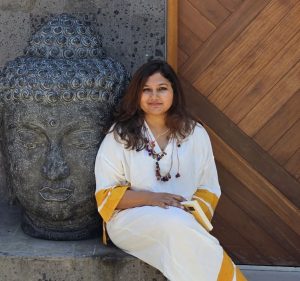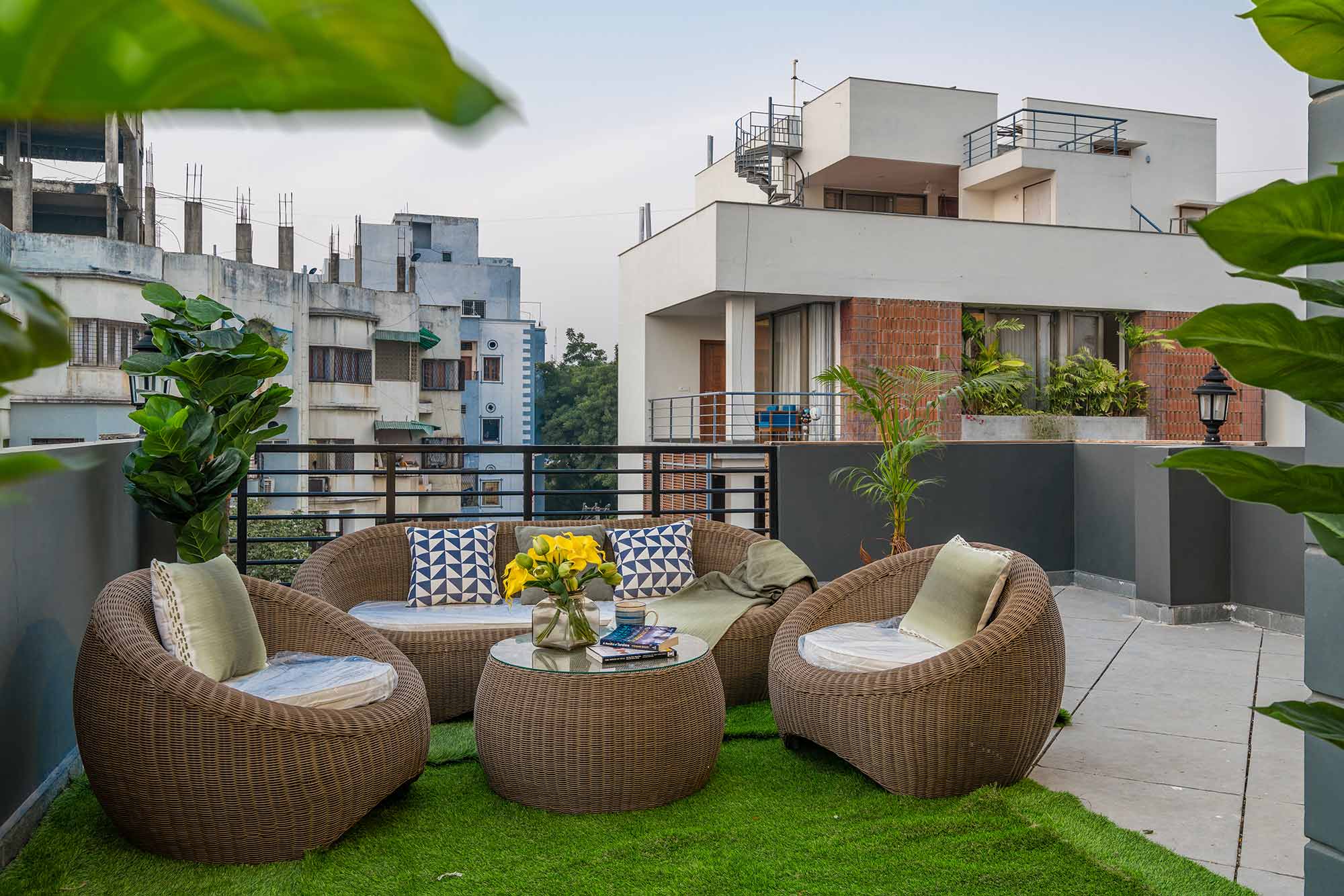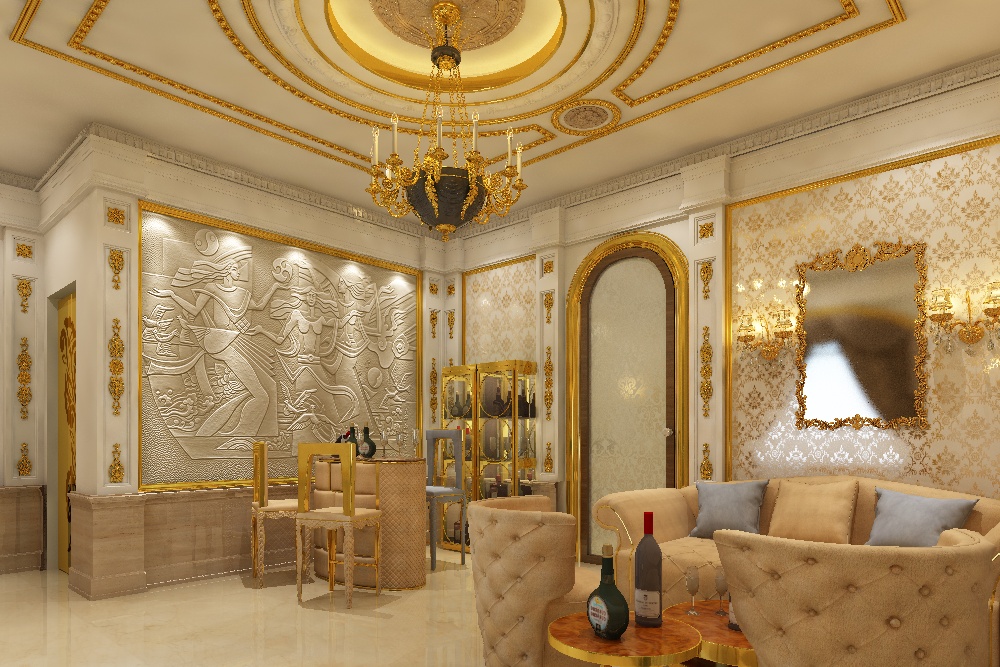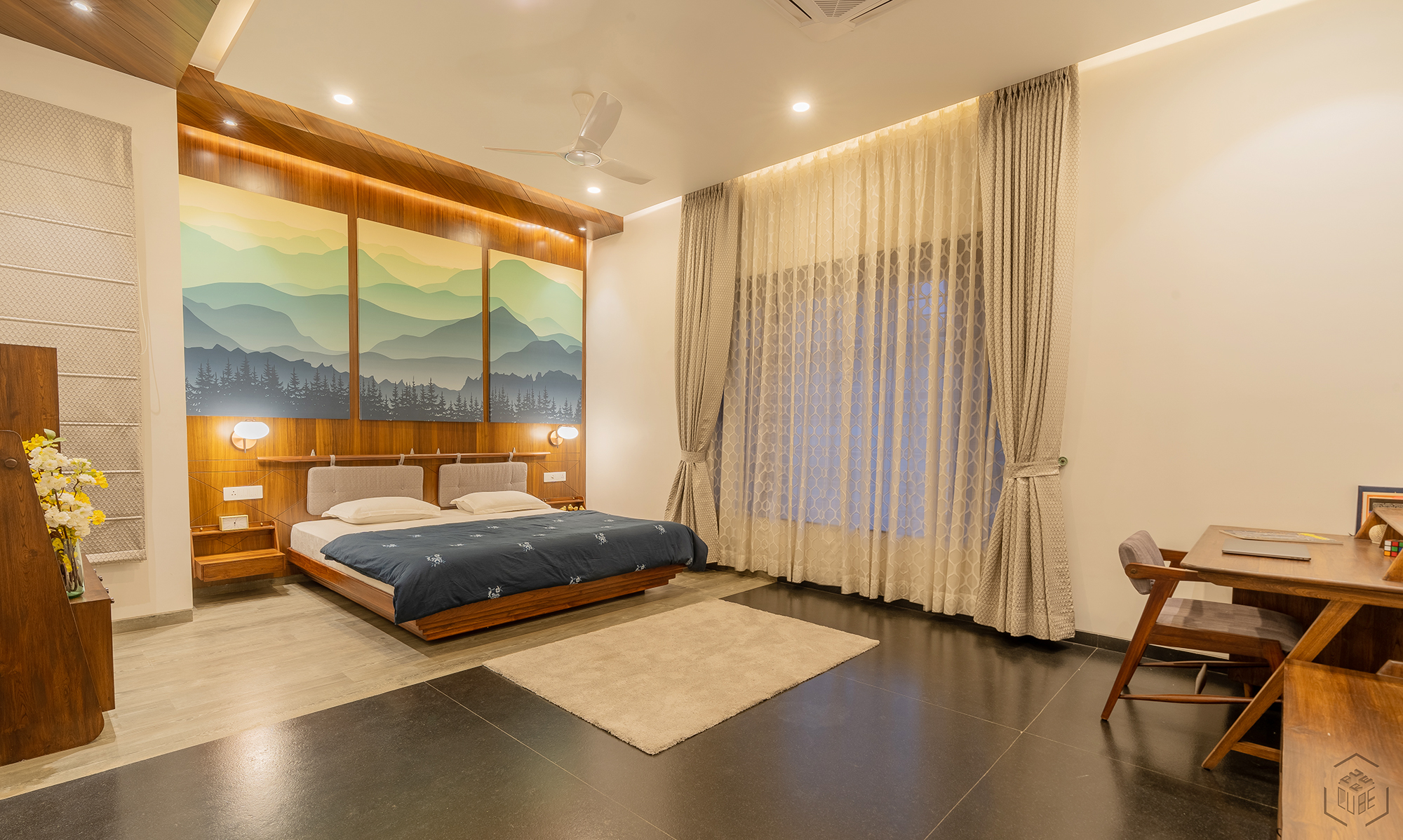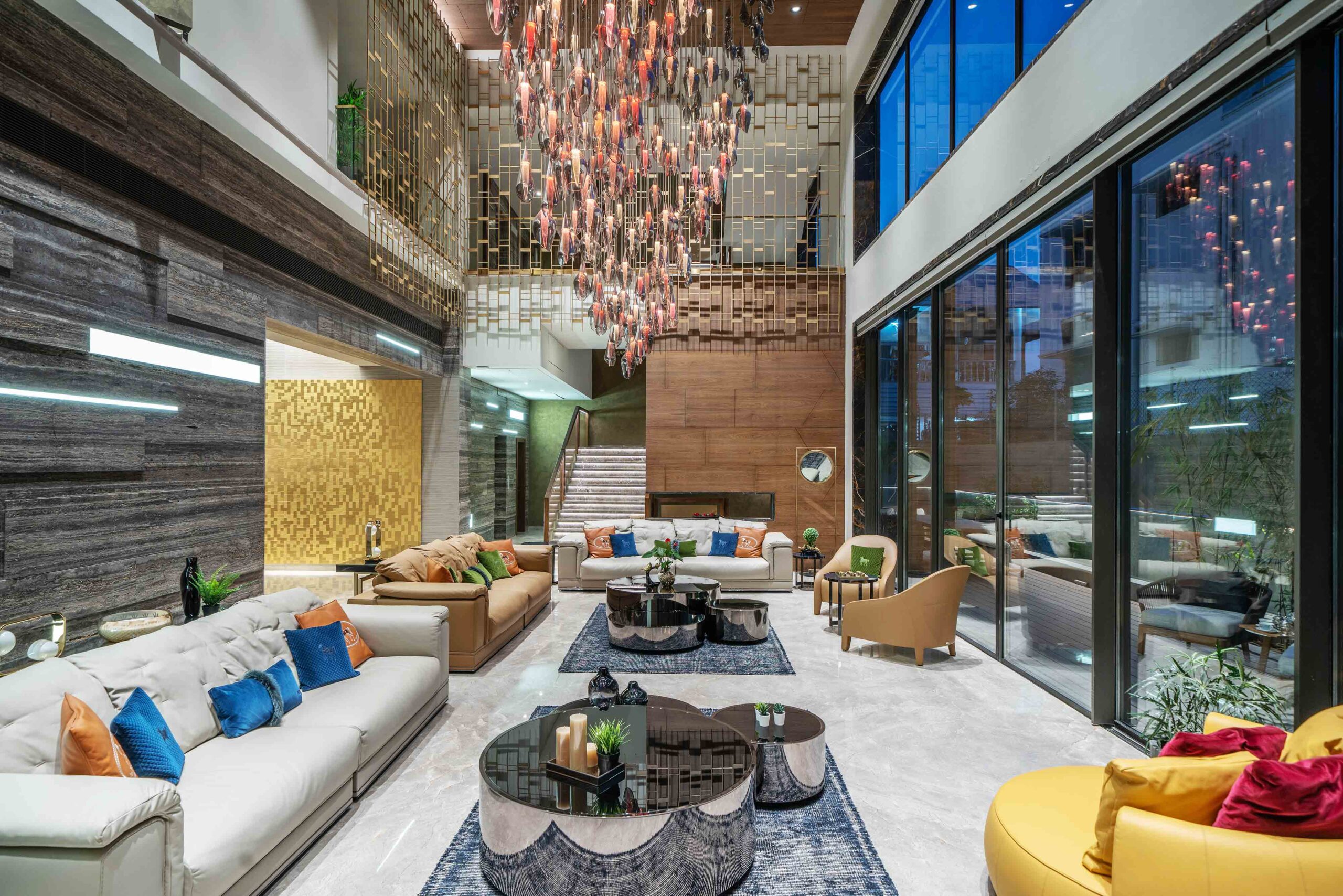Priyanka Narula
Wicker Story –
Redefining Sustainable Design in India
Wicker furniture has a long history dating back centuries and is traditionally associated with outdoor or bohemian decor. However, in recent times, it has become a sought-after element in modern interior design due to its natural texture and warmth that adds an organic charm to contemporary spaces. Wicker furniture is versatile and can effortlessly blend with a variety of decor styles.
In this edition, we showcase an exceptional artist, Priyanka Narula, who has taken wicker furniture to new heights.
After working in the architecture field, Priyanka discovered the sustainable qualities of furniture made from natural materials and transitioned into making such pieces herself. Her designs for cane furniture and other decor items fuse traditional artistry with modern technology.
Priyanka Narula is the founder of Wicker Story, which she established in 2019 as a response to her long-standing pursuit to define the future of design in the Indian context. As an architect and alumni of IAAC, Barcelona, she has made a name for herself as a top designer of modern, chic, and functional wicker furniture, particularly for contemporary Indian designs. Her innovative approach to design and her ability to seamlessly blend traditional and modern elements have helped elevate wicker furniture to a new level in the world of interior design.
Her pieces are highly coveted by those seeking to bring natural elegance into their homes, making her the go-to designer for stylish and sustainable decor. With her expertise and dedication to sustainable design, she is a trailblazer in the field of wicker furniture, and her unique creations are sure to make any space more inviting and stylish.
The Wicker Story
In 2013, architect Priyanka Narula co-founded Prelab Design Studio intending to shape the future of design in India. As a part of this endeavour, she established ‘The Wicker Story,’ a specialized Hyderabad-based studio that focuses on creating bespoke cane furniture. The Wicker Story utilizes digital processes that are tailored to Indian craft and material systems, resulting in customized and intricate geometries produced through sustainable and zero-waste methods. By merging art, architecture, and product design through craft and parametric design methodology, this project celebrates the context of Indian culture, tradition, and values.
The company has been recognized with numerous prestigious awards in its field over the past few years. Now, The Wicker Story is expanding its reach by exploring the possibility of exporting its unique furniture pieces, which
are a testament to the country’s rich cultural heritage.

The swirl installation at Ariba,Hyderabad was a design collaboration between ‘The wicker story’ and ‘Aamir & Hameeda Interior Designers’ for their project. The brief was to express wicker into a larger than life installation that could flow through the interiors and thus give a unique identity to the project. It is one of the largest woven installations in India done by Wicker Story.


rhythmic pattern to symbolize the calmness of water, and featuring a large experimental wicker wall referred to as the “stone and water wall.”







